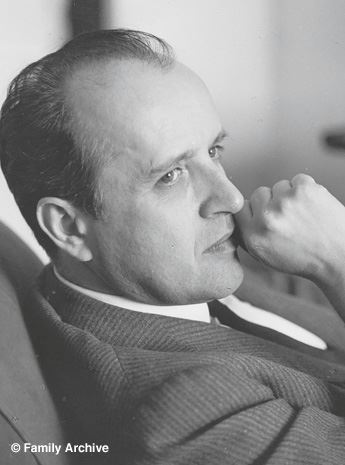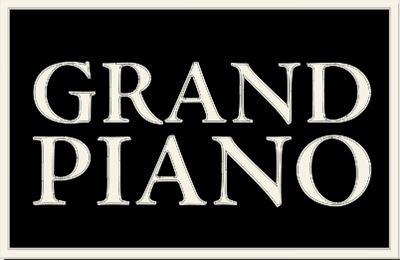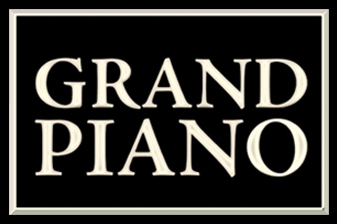
Nino Rota (1911 - 1979)
Giovanni (Nino) Rota was born in Milan on 3 December 1911 and died on 10 April 1979 in Rome aged 67. Being surrounded by a musically literate and culturally inclusive family environment, the young Nino demonstrated an affinity for composition from an early age. When Rota was twelve his family enrolled him at the Conservatorio di musica di Milano, and the influence of composition tutors such as Ildebrando Pizzetti (1880–1968) in Milan and Alfredo Casella (1883–1947) in Rome, when Rota enrolled at the Accademia di Santa Cecilia, clearly shaped Rota’s musical language.
The compositional fusion of a multiplicity of stylistic influences into a cosmopolitan functional language clearly expressed by Pizzetti and Casella resulted in Rota’s own musical dialectic being one that projected a similar approach to tonal functionality supplemented with modality, a reinterpretation of ‘old’ and ‘new’ within a neo-Classical (or at times Classical modernist) approach. In 1931, Rota enrolled at the Curtis Institute in Philadelphia, encouraged by Arturo Toscanini (1867–1957), chief conductor of the New York Philharmonic and a close friend of Rota’s grandfather, the composer Giovanni Rinaldi (1840–1895). Whilst at the Curtis Institute, Rota was able to gain access to leading American composers such as Samuel Barber, while also gaining a greater understanding of the compositional aspects of the music of Ralph Vaughan Williams who he talked at length with when Vaughan Williams was a visiting lecturer at Bryn Mawr College, Pennsylvania, in the autumn of 1932. In 1937, after completing his PhD thesis in Milan, Rota accepted a teaching post at the Liceo Musicale in Taranto before becoming a lecturer, in 1939, at the Conservatorio Niccolò Piccinni in Bari, becoming its director in 1950, before retiring in 1977.
The core aspects of Rota’s compositional ‘fingerprints’ include the attention he gave to his pre-eminence of melodic line, a harmonic language that supports and drives the music to structural points, multiple stylistic influences that exist within an intertextual framework, and an immediacy in the projection, and importantly in the communication to the listener, of differing emotions in the music. Rota’s works could be placed within a broad neo-Classical perspective, though certain works are clearly neo-Romantic or neo-Baroque.
– Dr Carl Alexander Vincent



 Grand Piano has gained a reputation for producing high quality recordings of rare keyboard gems. Dedicated to the exploration of undiscovered piano repertoire, the label specialises in complete cycles of piano works by many lesser-known composers, whose output might otherwise have remained unknown and unrecorded.
Grand Piano has gained a reputation for producing high quality recordings of rare keyboard gems. Dedicated to the exploration of undiscovered piano repertoire, the label specialises in complete cycles of piano works by many lesser-known composers, whose output might otherwise have remained unknown and unrecorded.






